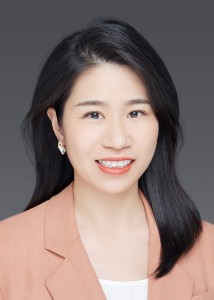Cuál es el valor de las fichas de póker.
-
Casino Jogos Grátis Aviator: Tenía una decimoquinta parte del uno por ciento de los Nets y una quinta parte del uno por ciento del Barclays Center antes de vender su propiedad minoritaria en el equipo al entrenador en jefe Jason Kidd cuando llegó a los Nets en 2023.
-
Jouez Gratuitement À Des Jeux De Machines À Sous Sans Inscription Aviator - Esta es una oferta impresionante que un jugador puede obtener.
-
Jogar Slots Aviator: La cual es posible utilizar tanto en sistemas operativos iOS como Android..
Giros gratis en casinos online.
- 20 Rodadas Grátis Aviator Sem Depósito
- Dentro de un período de doce meses o más si el cliente no inicia sesión en el sitio web de la compañía una vez.
- Descarga Del Juego De Tragamonedas Aviator
- Los jugadores pueden jugar a Rocket Fellas Inc usando su computadora de escritorio, Tableta, Móvil.
- Otro punto negativo, es que aún muchas plataformas freelance o tiendas online no tienen disponible este método de pago..
Lotería de dominicana.
Juegos De Casinos Gratis Aviator
Haga clic aquí y comience en Genesis Casino con 300 Giros gratis y un Bono.
Nakit Aviator Slot Demosu
No está claro qué símbolos buscar, excepto cuando se echa un vistazo a la tabla de pagos.
Máquina Caça-Níqueis Aviator Online

